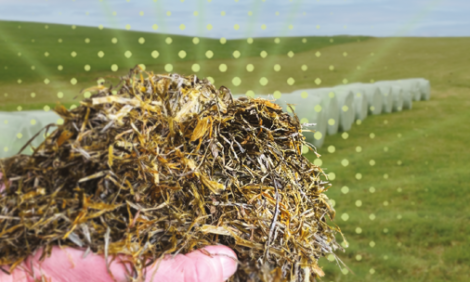



Will Anything Replace Milk Quotas for the Europeans?
EU - A major step forward in dairy market liberalisation was taken by the European Commission this week with the launch of a milk market ‘observatory’.Commissioners say the scheme will assist stakeholders in the dairy supply chain to make ‘well-informed business decisions’ and reduce market volatility.
Through comprehensive market data and analysis, the observatory will guide the dairy sector into a new post-quota era which will see Europeans marketing more dairy abroad.
An Economic Board delivering regular reports for the general public will be one of many new metrics after 30 years of quota restriction ends, allowing farms to lift output.
But while several nations are targeting considerable production increases after quotas are lifted on March 31 next year, industry leaders expect only a marginal production lift.
This is according to European Dairy Association (EDA) President Michel Nalet who dismissed fears of rocketing milk production last October in a set of dairy policy recommendations.
In its report last year the EDA stressed that protecting marginal production areas -such as upland dairy farms – and managing volatility with futures contracts were vital for the future.
Two markets – NYSE Liffe and Eurex – have offered dairy products on futures contracts. However, product sold on both markets has been minimal.
Among the suggestions for more efficient, profitable dairying, many have suggested producer co-operatives as a means of empowering farmers.
This week, TheDairySite learned of such a collaborative arrangement in the North of England that is pooling milk from three farms to increase bargaining power.
Lying only minutes from the western edge of Sheffield, the project hopes to market up to 42,000 litres every week for a price that reflects product quality and production costs.
In doing so, the initiative is ticking many boxes for dairy analysts and commentators by uniting three small Pennine farms together to seize control of processing and marketing, ensuring a shorter supply chain.
And while this may not be possible for all, other measures, such as selling forward and greater market transparency are expected to help the sector as a whole.
In The EU Dairy Sector: Developing Beyond 2015, the EDA said that volatility abounds in both product price and input costs and for this reason needs public support until private measures can strengthen.
As a sector in the process of deregulation, the EDA insists more time is needed for private sector instruments to manage in price and profit margin into the future.
Michael Priestley
News Team - Editor
Mainly production and market stories on ruminants sector. Works closely with sustainability consultants at FAI Farms



